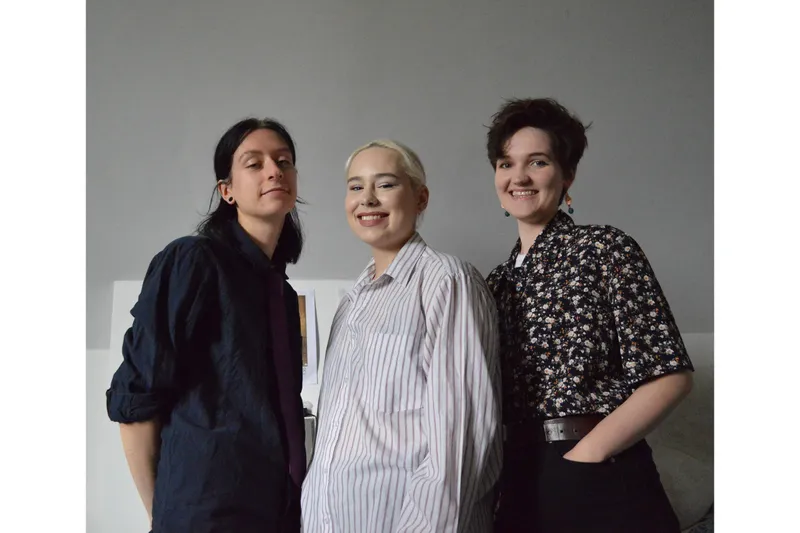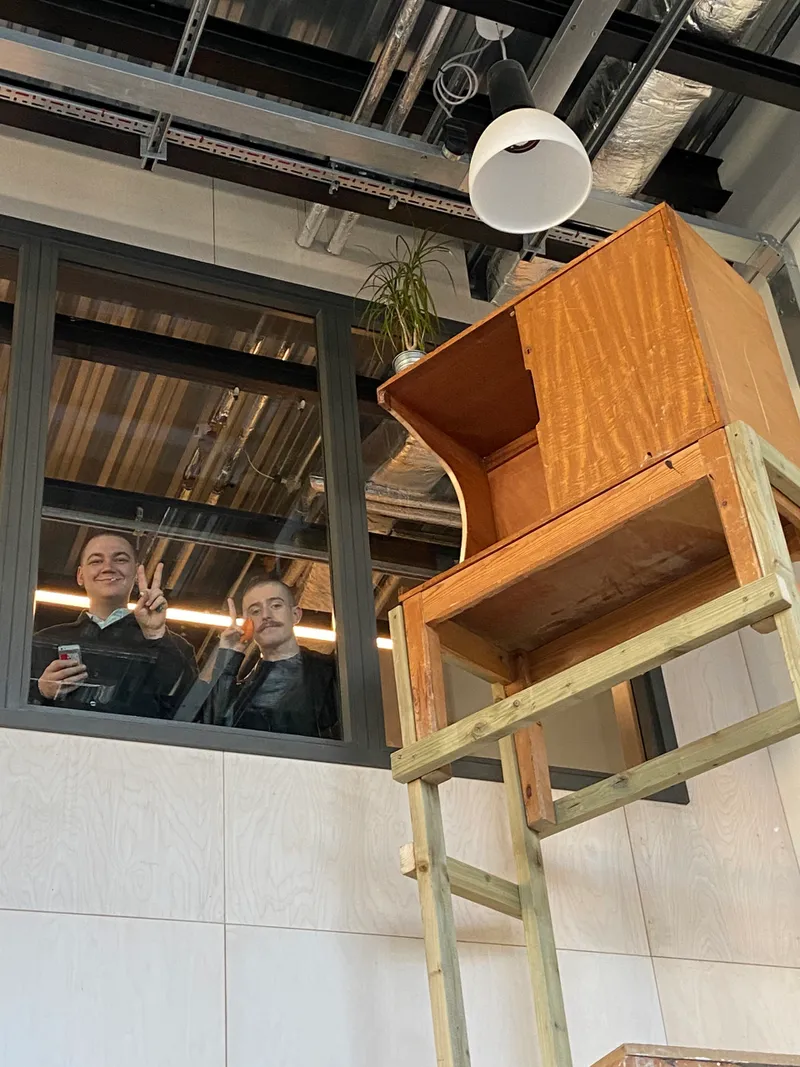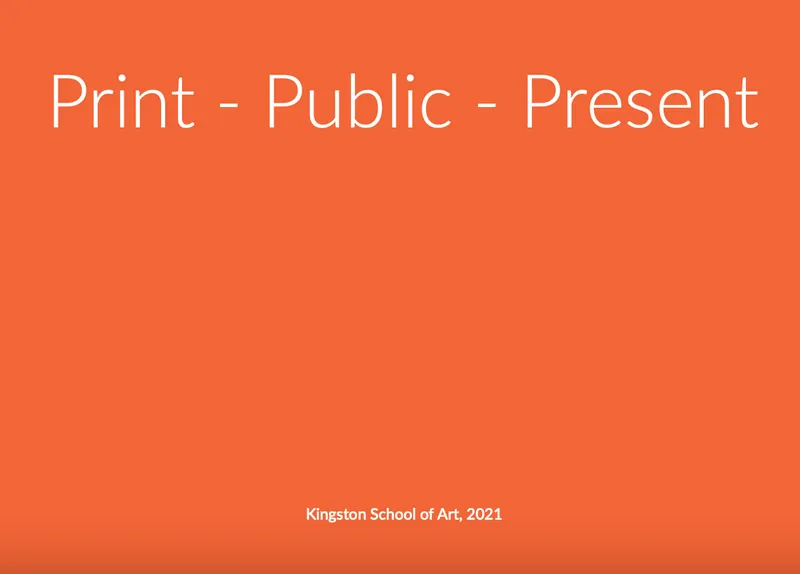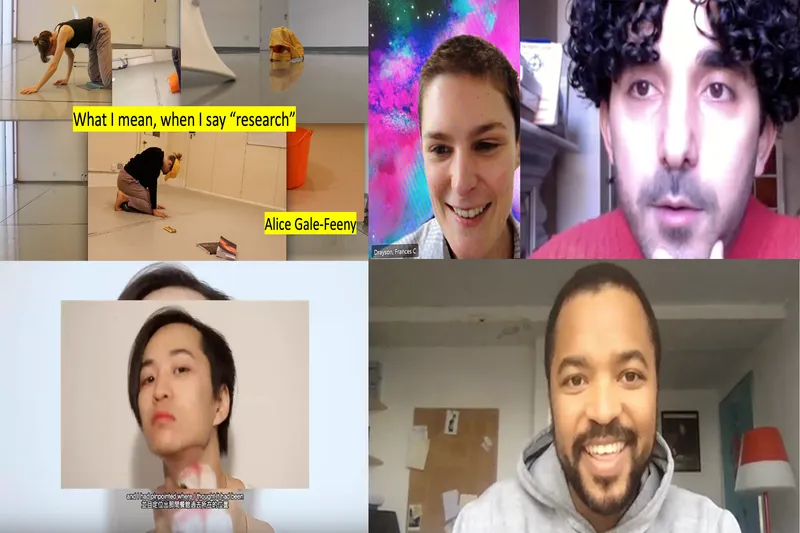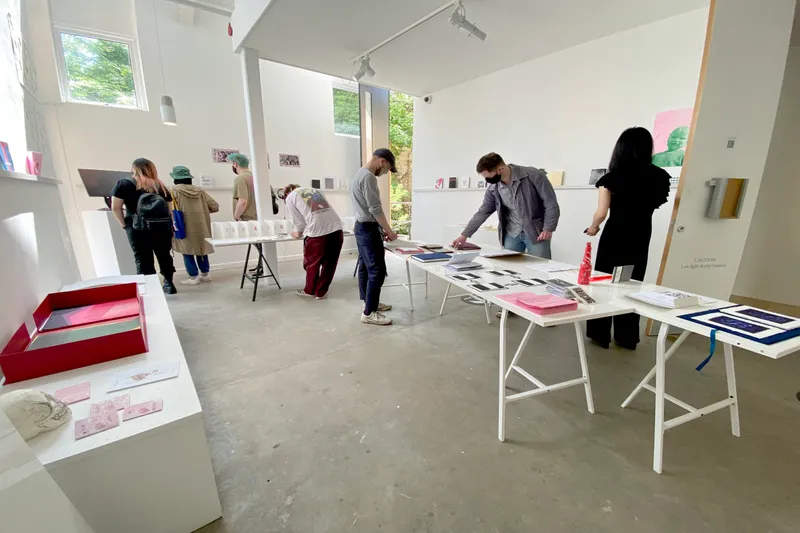I am currently working mostly with sculpture following a process of enlarging objects to see their properties change when seen on a bodily scale. These most recent sculptures are made from earthenware clay and consist of two components; a base and a top. The base’s purpose is structural stability and a strong relationship with the ground which is why I have chosen to leave the surface mostly chalky and unglazed. The purpose of the top is height and, because it is supported by the base, freedom to experiment with curves and an indirect vertical path. These vertical ceramic forms are curved and bumpy, with the coiling of the clay still perceivable. I have been working with the duality of sculptural installation where an object can be both figurative and landscape when variables are altered. The themes influencing these sculptures are of anthropomorphism, which is weighted in materiality and method, and thresholds. In particular, points of demarcation that are pivotal centres of the work such as the point at which two components meet or the point at which the material makes contact with the floor. Vocabulary such as a ‘realm’ and ‘plane’ were introduced to me while researching the role of thresholds, passages and the in-between in contemporary art. Through discussing this with others I was informed of the Japanese concept of negative space, ‘ma’. This views gaps and intervals as crucial to conveying feeling in art and communication. For me, this has created a consciousness of how I might position sculptures in relation to each other because of the in-between on the floor and in space, as well as seeing shadows as substance. It has been great to study clay as a historically integral material because the process of coiling, firing, and glazing stays visible in the work after those stages have been completed.
This work is governed by anthropomorphic use of material, accentuating the points at which material components meet. Transitioning between sculpture, text, and painting, their approach to traditional practice recomposes ambiguous formations to see how they communicate on a page, on the ground, or in a space.















